@FARMS: NEW PROJECT. Planting Cassava at Home / And Properties of Cassava for Health.
Greetings to all my beloved community of @farms, today in this beautiful morning I will begin to show you the new projects that I started and with my perseverance, dedication and with the help of my God I will obtain an excellent harvest. One of my new projects is on the creation of a cassava plantation at home.
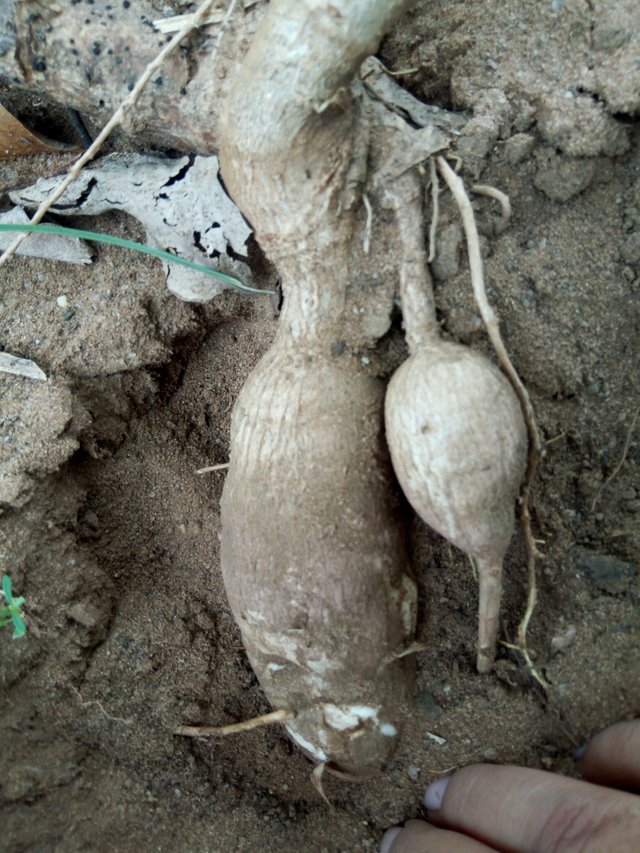
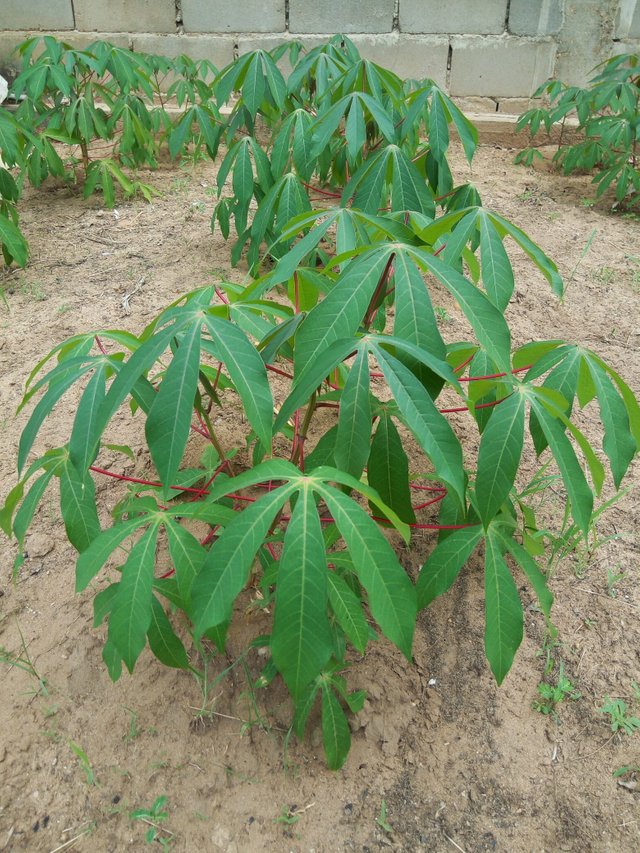
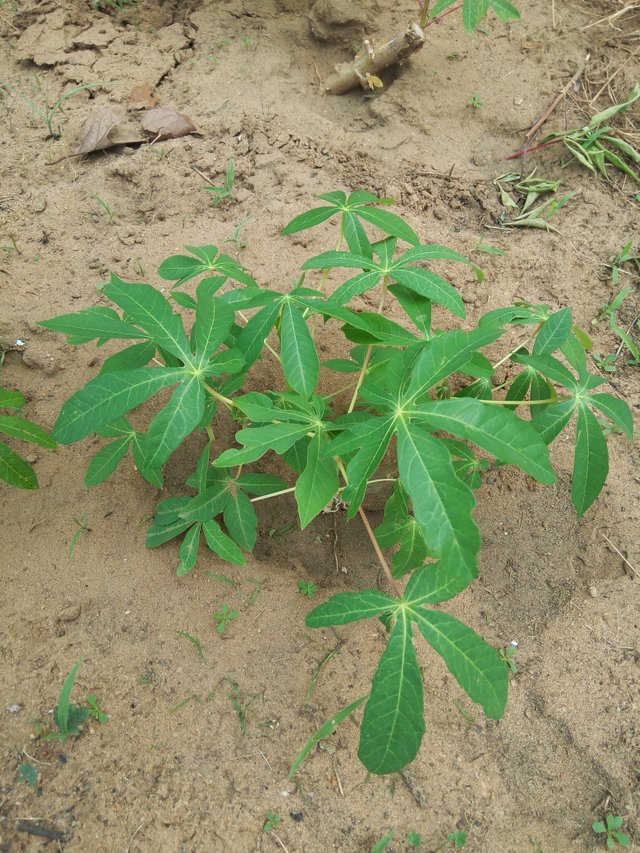
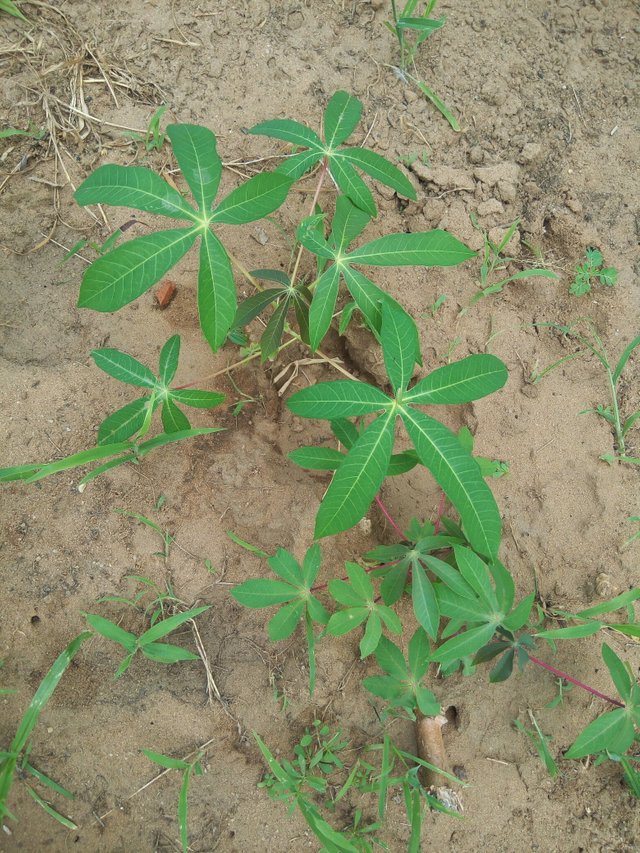
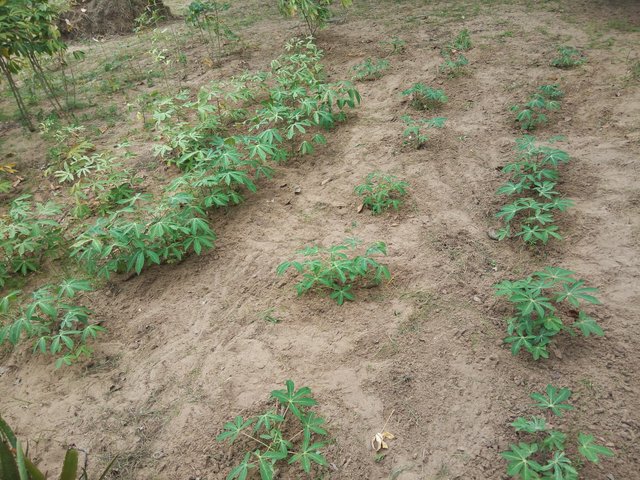
Yuca or Cassava is an edible starchy root or tuber, also known as cassava, tapioca or casava
with a delicious flavor and great nutritional value, food that contains some important minerals such as zinc, magnesium and copper; and it has a high content of carbohydrate, an organic molecule that provides energy for our body. In addition, it is rich in vitamins and essential compounds for an optimal development and growth of the organism. It is very consumed and has high demand in low-income households because it can be obtained at very low cost. Cassava is one of the most consumed foods in South America, it is included regularly in the meals of many people.
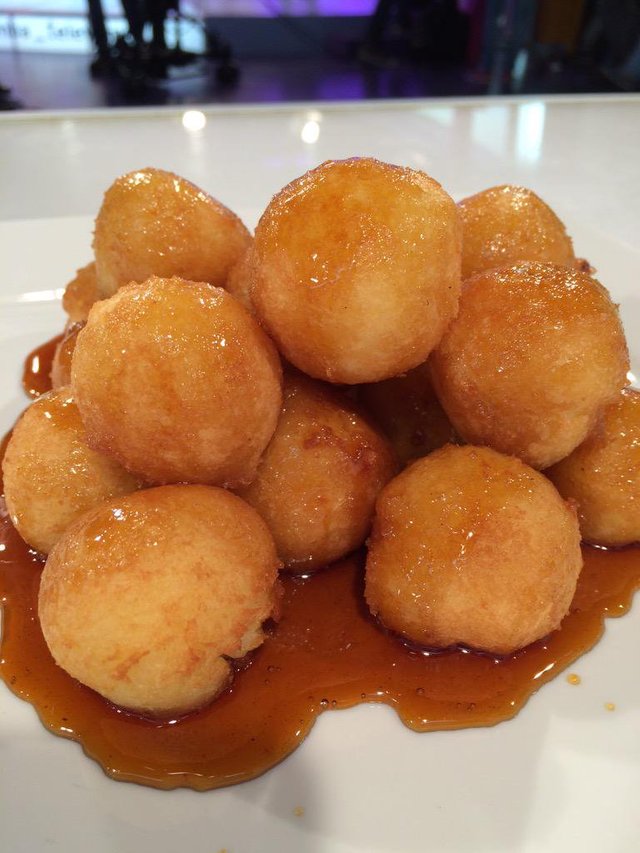
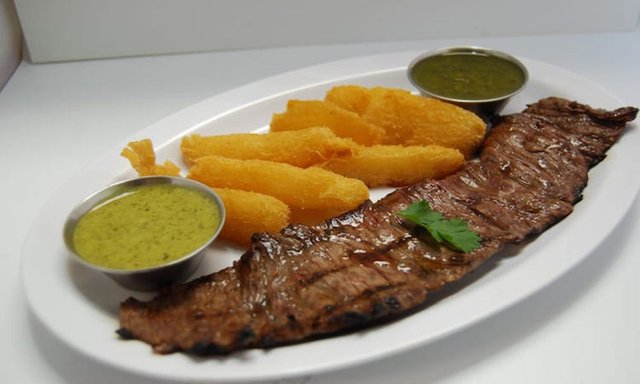
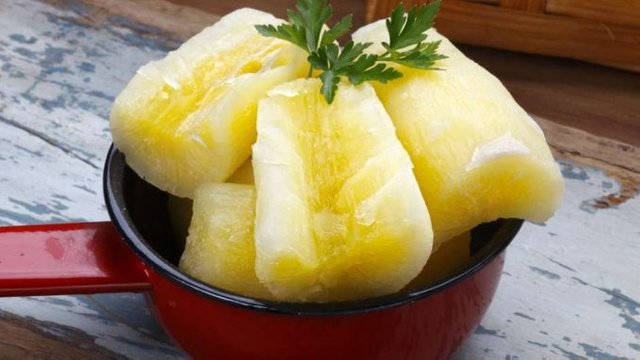

We can use yuca to make cassava, bread and alcoholic beverages, we can also eat it as an outline of some dishes such as: fried meat with fried yucca, parboiled or as casabe, also our grandmothers and mothers prepare some delicious buñuelos perfect for eat them on cold winter evenings, warm and bathed melao made with papelón, very delicate for the sweetness and the flavor that the cane juice brings.
Properties of Cassava for Health
Properties of Cassava for Health
This food is ideal to keep our bodies healthy and much more if we want to lose weight, since it is low in fat and helps to improve metabolic conditions ideal for those who wish to combat overweight.
- It has high dietary fiber which helps reduce the level of triglycerides.
- Due to the large amount of proteins it contains, it minimizes the levels of cholesterol in the blood.
- It contains a large amount of vitamin K, a compound that contributes to the construction of bone mass and combats osteoporosis.
- Perfectly regulates heart rate and blood pressure.
- It is a source of polyphenols and tannins with beneficial effects in the body, especially for its antioxidant action.
- It is used to treat diarrhea, flu, various inflammations and conjunctivitis.
Where to Plant Yucas or Cassava?
Where to Plant Yucas or Cassava?
Cassava adapts very well to climatic conditions and can be planted in arid or poorly fertile soils, sandy soils or dunes with good drainage and ventilation, as well as in areas with sporadic rainfall or long periods of drought, it adapts very well to adverse climates and results in a low economic cost crop. This can be a tropical and subtropical climate plant which requires water for the growth of both the roots and the leaves, mainly during the first month since during that period it needs constant humidity, during the rest of its development it goes to be able to withstand a certain water shortage, but you should bear in mind that this could delay the fruiting process.T
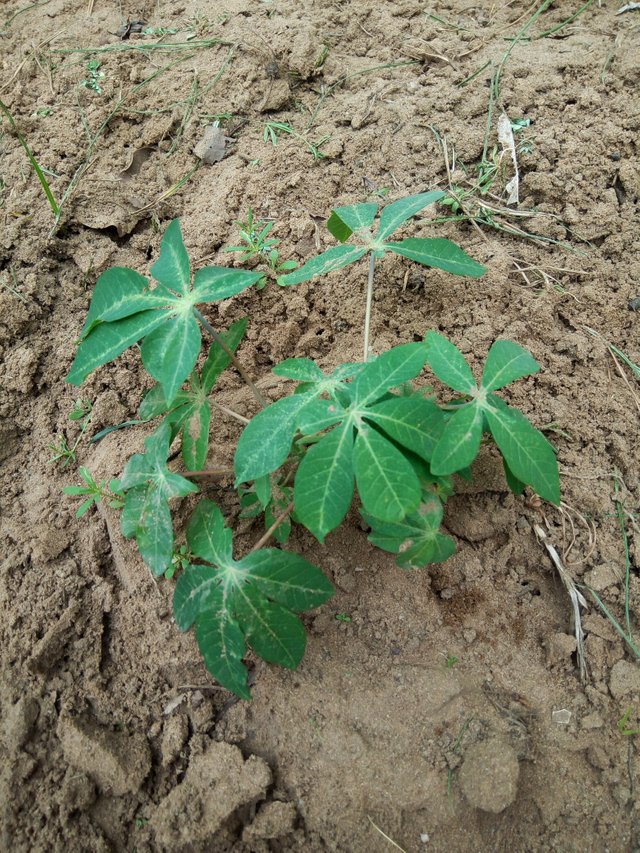
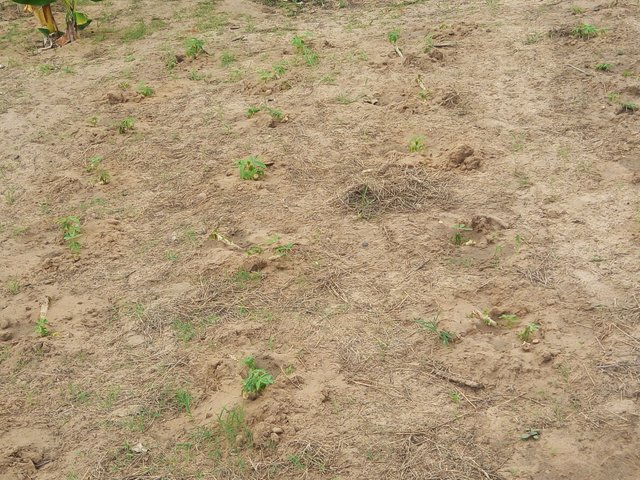
How to Plant Cassava?
How to Plant Cassava?
- First of all we must get the yucca seed we are going to sow. These are pieces of branches or stems of approximately 15 to 20 centimeters, coming from a mature cassava plant. The stem must be cut the same day of the sowing, since it loses its germinative power too fast.
- He cutting process begins, verifying that the stem still produces latex or white liquid at the minimum cut, since this means that it has been stored and has not lost moisture and its germinating power.
- Select a place where you plan to plant, and make sure you receive sunlight daily.
- Make a hole in the soil approximately 8 centimeters deep and place the yucca stem and cover it with sand, it is recommended to moisten the soil so that it compacts the soil and begins the germination process of the plant.
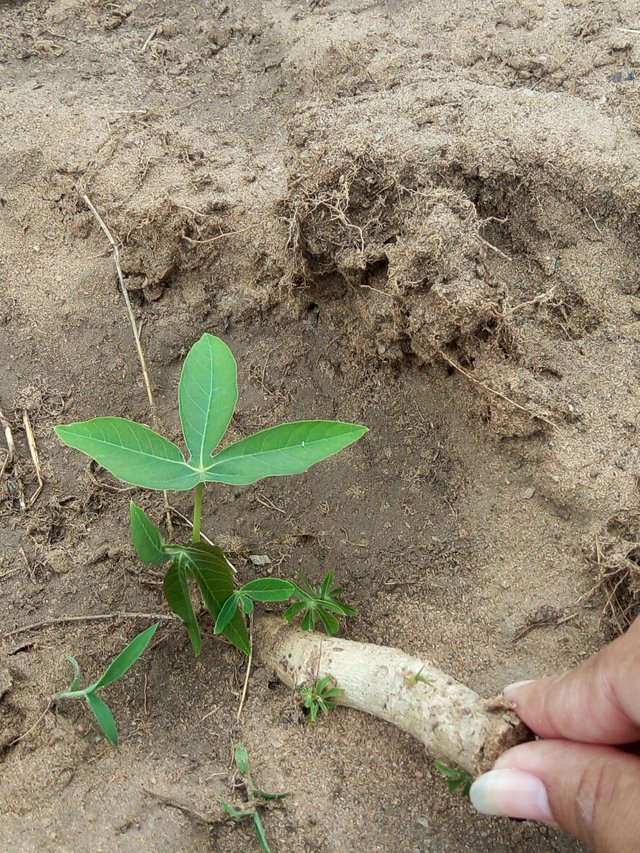

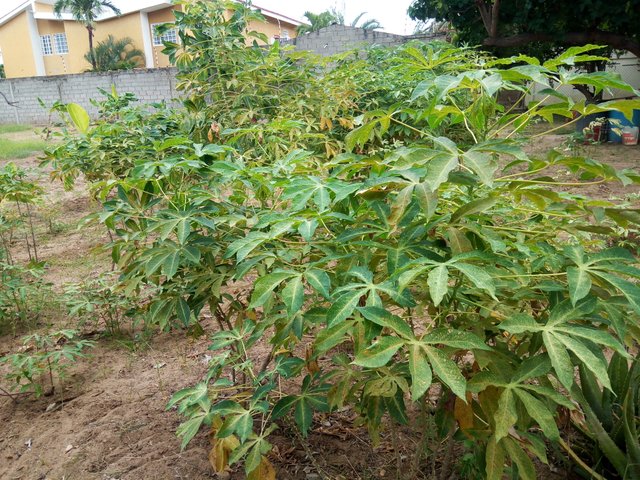
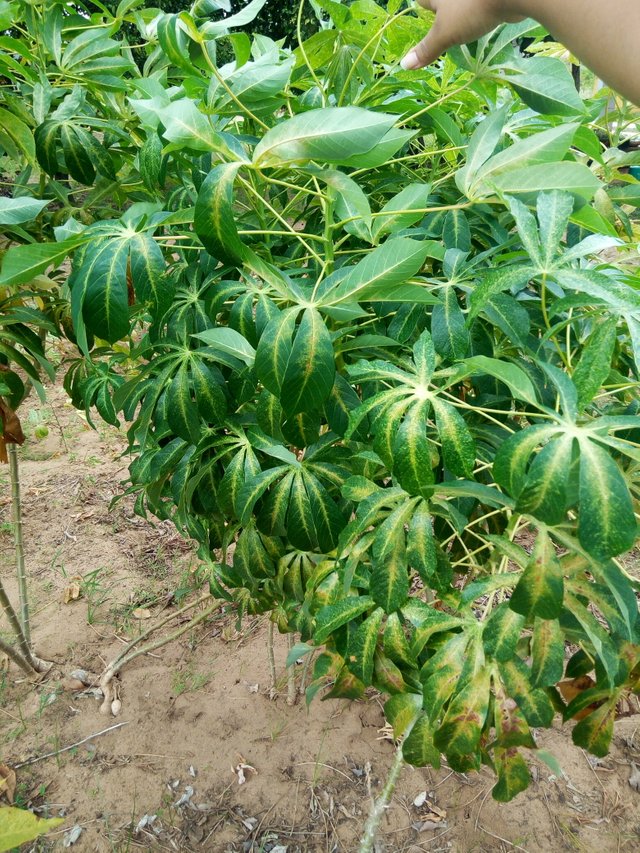
Harvest
Harvest
In general, the harvest of its roots takes place after 7 to 12 months, depending on weather conditions. The first stage of harvesting is done by cutting the stem and making the selection of stems that can serve as seeds. When cutting the stem you should leave about 20 cm in the plant to later be able to extract the roots with ease. The second stage is the extraction of the roots, their cleaning and storage, for their subsequent consumption.
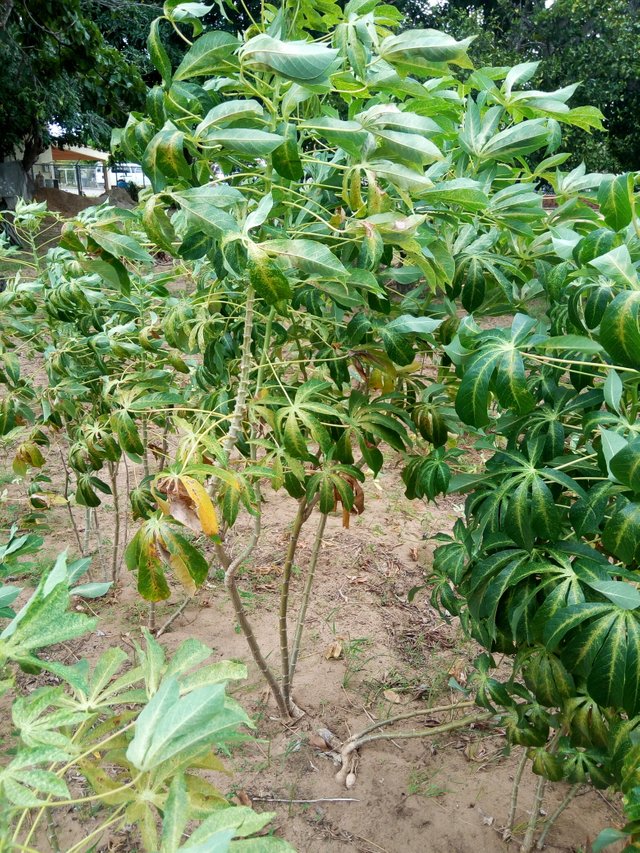
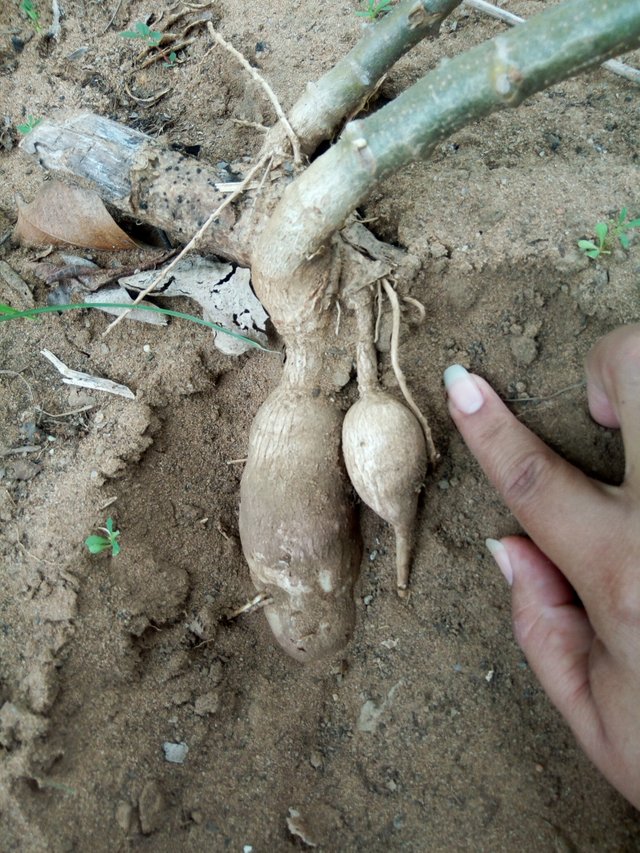
I wish you good luck and until the next delivery!!! I say goodbye to you..
I wish you good luck and until the next delivery!!! I say goodbye to you..
Sort: Trending
[-]
edu-venezuela (69) 6 years ago
